
Above: The Afternoon of a Faun. Hard to picture a context in which this wasn't overtly gay.
Frustratingly little is known about Otho Cushing. Such is often the case when a family scrubs the historic evidence of a gay family member after his or her death. Sometimes the less biographical information that can be found, the greater the the chance the family or business associates felt there was something to hide.
The Smithsonian Archive records that Cushing was born in 1871 in Fort McHenry, Maryland. He received art training from the Boston School of Fine Arts, graduating with honors. He later studied at the Academie Julian in Paris. He returned to the United States and became a professor of drawing at the Massachusetts Institute of Technology. He returned to Paris to accept the position of art editor for the European edition of the Herald-Tribune after the turn of the century. Cushing submitted his first cartoons to Life in late 1906, which were accepted and accompanied by an offer to join the magazine's staff. During World War I Cushing left Life and served in the Army Air Corps. He retired to his home in New Rochelle, New York, after the war and was a successful watercolorist. Cushing died in New Rochelle, New York, 13 October, 1942.
He was considered a cartoonist but Cushing's style led him to overlay an Olympian air over all his subject matter, whether it was appropriate or not. And failing the option to add a god or satyr or two to the illustration, his wry style of social criticism catches a knowing eye.
Influences of Lyenendecker, Beardsley, and his own noted favorite Lord Frederic Leighton can be detected in his beautiful proportions and the haughty attitude of his young male subjects.
Have you any information our sources you can point us to on the art of Otto Cushing?
Click through for more of Cushing's work >>>

A 1911 Saturday Evening Post cartoon

Corks & Curls, University of Virginia Yearbook, 1899. "Haec olim meminisse juvabit", Virgil, Aeneid, I. 203 (One day, this will be pleasing to remember). Note the small book of verse by Sapho [edit mark here] near the model's buttocks.


A young man fantasizes of being toasted by the gods after a victory on the football field.

Supportive naked angels cheer on the college rowing team.

Just hanging out with a friend on the beach.

In 1914, Cushing illustrates what the fashions of 1950 would look like for Life magazine.

Perhaps Narcissus first catching sight of his own reflection.

Milk delivery -- by the gods.

At the Betrayers' Club

What's a bouquet between friends?

Some hear the call to duty, others don't.

Field Day in the Navy

An automotive ad with an Olympian touch.

Kindermorder "Whom the king delighteth to honor"

Two versions of Mercury

Cigarette of the gods, Milo.

Neptune sells soda.

Societal attitudes

Tennis game of men against women.

Reading berween the lines: A 1908 New York Times piece on a party hosted by Cushing and fellow illustrator C. Allan Gilbert (famous for a work entitled All Is Vanity of a woman seeing a skull reflected in her vanity mirror.) "The guests were mostly artist, actors, and writers."


































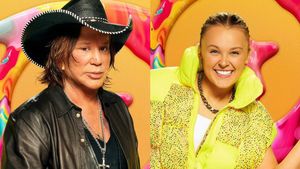








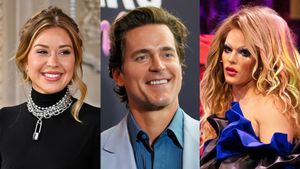
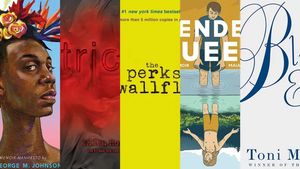






































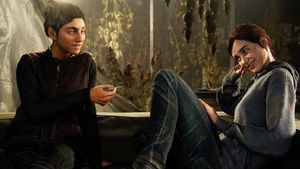









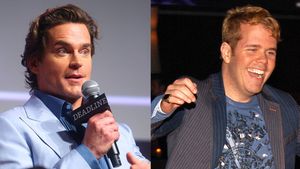










Here's our dream all-queer cast for 'The White Lotus' season 4